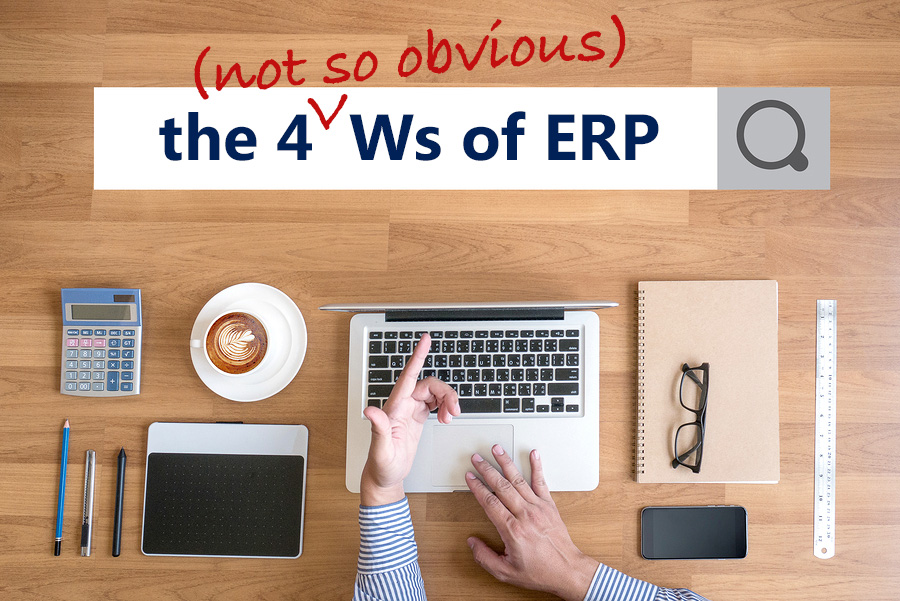In this day and age, the majority of the information we consume is bite-sized. So rather than scouring the internet and gathering a whole bunch of really long, and let’s face it, pretty boring articles on everything ERP – here’s a quick summary on all the need-to-know information out there.
What?
ERP is an acronym that stands for Enterprise Resource Planning. In essence, it stands for the system of software that integrates a firm’s business processes, allowing for the free flow of data throughout the company as well as the management of said information.
How?
Through a centralized system, created of software and add-ons, a company’s information is collected and sorted to create a holistic database, creating a one-stop-shop for essentially everything; eliminating duplicate data, revealing missing data, and ending the era of a dozen logins for different sites and applications.
Where?
ERP can be implemented in 3 main ways:
Legacy/On-Premise. The ERP system stores and backs up information on on-premise servers. In a nutshell, you have the servers on-site – buy them, fix them, love them – all that good stuff. Typically, this means you need to have an IT team watching over these precious machines.
Cloud Based/Software-as-a-Service (SaaS). Rather than utilizing local servers, the ERP application is hosted by a vendor’s external databases. The physical things no longer become your worry – the vendor takes on the responsibility of owning, troubleshooting, and updating. Hence, implementation and upkeep tend to be cheaper and easier as opposed to on-premise.
Cloud Hosted. The ERP software stores and backs up data on a remote server through a provider, but also allows the company to choose whether to keep all information in the cloud or utilize a hybrid system of both on-premise and cloud storage. Companies hesitant to go full on Cloud Based then to go for this “in-between” option.
Why?
In short there are 4 main, but also very large and expansive, benefits to adopting ERP:
Insight. Real-time and holistic reports are generated, allowing for better analysis. With company-wide data all amalgamated in one spot, analytics becomes infinitely easier and there is less chance of missing or even out-of-date data.
Automation. Removes the change of human error, whilst increasing both accuracy, efficiency, and speed. It’s not that a person isn’t capable of the work, I mean computers only came into the mass market a few decades ago, but tedious tasks are always a cesspool for boredom and subsequently silly mistakes.
Integration. Company-wide collaboration is easy, and can extend beyond across an entire supply chain. With all the data centralized, there’s not fear of duplicate data and employees can work together significantly easier, especially across departments and even locations.
Costs. The need for less software and manpower can minimize operational and management costs. One software used by the entire company will most likely be cheaper than using a whole bunch of different software for every dozen employees, any which way you spin it.
All in all, an ERP system is the way to go. Not only are its benefits attractive, but the variety of implementation options available allows ERP to be customized to best suit your business needs and wants. Have a look at some licensing options here!

